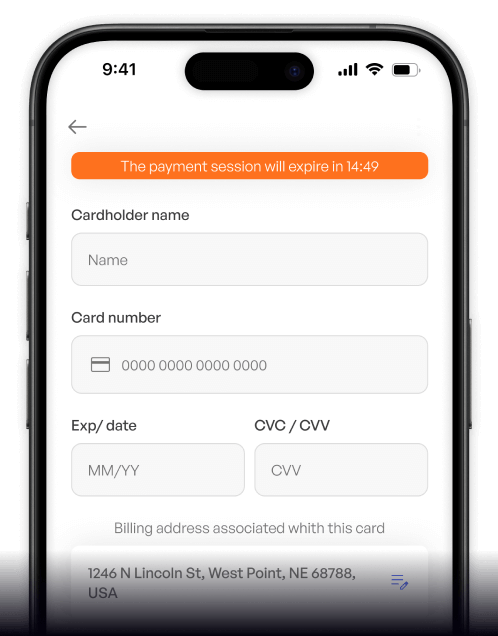Convert
Canadian Dollar (CAD) to Celsius (CEL) Instantly
Purchase Celsius (CEL) with Canadian Dollar (CAD) easily at Switchere and benefit from fast, secure transactions.
About
Celsius (CEL)
Celsius Network, with its native CEL token, emerged as a major centralized finance (CeFi) platform designed to bridge the gap between traditional banking and the world of digital assets. Its primary function was to offer users the ability to earn yield on their cryptocurrency holdings and to take out crypto-collateralized loans. The platform operated on a custodial basis, managing user funds to generate interest income through lending activities to institutional borrowers. This model positioned it as a user-friendly alternative for crypto holders seeking to put their assets to work without navigating complex DeFi protocols.
The CEL token was the core of its loyalty and rewards system. As a utility token, holding and using CEL provided tangible benefits within the Celsius ecosystem, such as preferential interest rates for both earning and borrowing. Users could receive higher yields on their deposited assets and lower rates on loans, with rewards often distributed weekly in the form of CEL. This tokenomics structure was designed to incentivize user loyalty and drive demand for the native asset. However, the platform faced significant operational challenges and market pressures, which ultimately led to a Chapter 11 bankruptcy filing, profoundly impacting its users and reshaping the narrative around risk in the CeFi lending industry.
How to Buy Celsius (CEL)
Popular Coins for Canadian Dollar (CAD)
Other Coins for Canadian Dollar (CAD)
Frequently asked questions
-
What was the main way to buy Celsius (CEL) with Canadian Dollars (CAD)?
Previously, the primary method was using a Canadian-compliant cryptocurrency exchange that listed the CEL token. Users would complete KYC/AML verification under FINTRAC regulations, fund their account with CAD via Interac e-Transfer or EFT, and then execute a trade on the CAD/CEL order book. However, due to the Celsius Network's Chapter 11 bankruptcy proceedings, trading of CEL has been suspended or delisted from most reputable exchanges, making direct CAD purchases highly impractical and risky. -
What was the core utility of the CEL token within the Celsius Network ecosystem?
The CEL token was integral to Celsius Network's CeFi (Centralized Finance) platform, designed around a 'Flywheel' model. Its primary utility was to provide enhanced benefits to users holding it. This included earning higher yields on deposited digital assets, receiving weekly interest payments in CEL for a rate bonus, and obtaining discounts on interest rates for crypto-backed loans. The amount of CEL held determined a user's loyalty tier, unlocking progressively better rewards. -
What are the common payment methods for using CAD as a fiat on-ramp to crypto exchanges?
For Canadian users, the two most prevalent and cost-effective methods for funding a cryptocurrency exchange account with CAD are Interac e-Transfer and Electronic Funds Transfer (EFT). Interac e-Transfer is often preferred for its speed, typically processing within minutes. EFTs are similar to a bank transfer and might take 1-3 business days. Wire transfers are also an option for larger amounts. Using these methods requires a bank account with a Canadian financial institution and is subject to the security protocols of both the bank and the FINTRAC-regulated exchange. -
Why was the CAD/CEL pair significant for Canadian investors in the CeFi space?
The CAD/CEL pair provided a direct fiat gateway for Canadians to enter the Celsius Network's ecosystem. It allowed them to convert their Canadian Dollars directly into the platform's native utility token. This was crucial for those wanting to maximize their benefits on the platform, such as achieving higher loyalty tiers for increased yield generation on their crypto holdings, without first having to convert CAD to another digital asset like BTC or a stablecoin, thus simplifying the process and potentially reducing transaction fees. -
What are the current major risks associated with holding or trading the CEL token?
The risks are extremely high. The primary risk stems from the Celsius Network's ongoing bankruptcy proceedings, which have rendered the token's original utility obsolete. There is a significant risk of low to zero liquidity on the few platforms where it might still be traded, leading to extreme price volatility and difficulty executing trades. Furthermore, the token's value is subject to legal rulings and the outcomes of the bankruptcy and recovery plan, making it a highly speculative and high-risk digital asset with an uncertain future for Celsius creditors and token holders.






